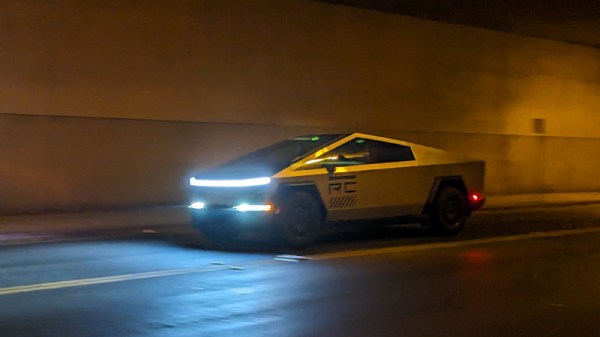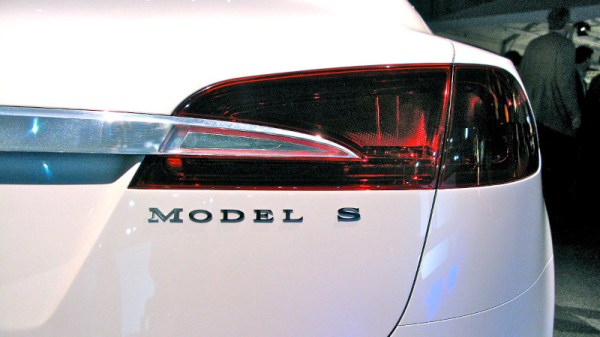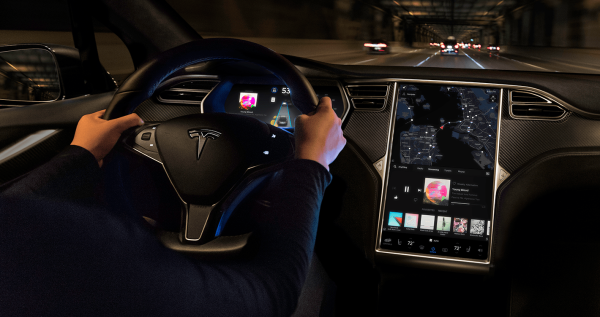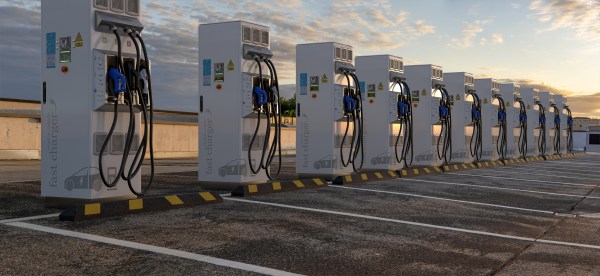Leaving aside all the annoying hype surrounding Tesla’s Cybertruck, there’s a little technical detail which might be of more interest to readers than the automotive behemoth itself. It’s one of very few vehicles on the road to eschew 12 volt electrics for not 24 volt, but 48 volt. This has been one of those automotive innovations promised as just around the corner for many years, and it seems finally we’ll see it in practice.
The reason that there’s nothing new in the prospect of moving on from 12 volt electrics has been brewing for decades now. A typical car has plenty of motorized gadgets from seat adjusters to sunroofs, as well as at least one heated windscreen or other surface. These devices take a lot of power, and at the lower voltage require significant current to operate. The 48 volt system will require much less in the way of copper to get the power where it’s needed, so the surprise is that we’ve not yet seen it in run-of-the-mill vehicles from the likes of Ford or Volkswagen.
What we’re guessing is that other manufacturers will be watching from the sidelines as to whether 48 volt electrics cause any problems for the Tesla, and it’s not impossible we could see it becoming the new hotness. There are many choice words we could say relating to the hype around Tesla and its supposed level of innovation, but it could be that this time they’ve really been first with something the whole industry will go for. If so we should rejoice, because it’s likely to push down the prices of 48 volt lithium-ion packs.
Header image: Mliu92, CC BY-SA 3.0.


















